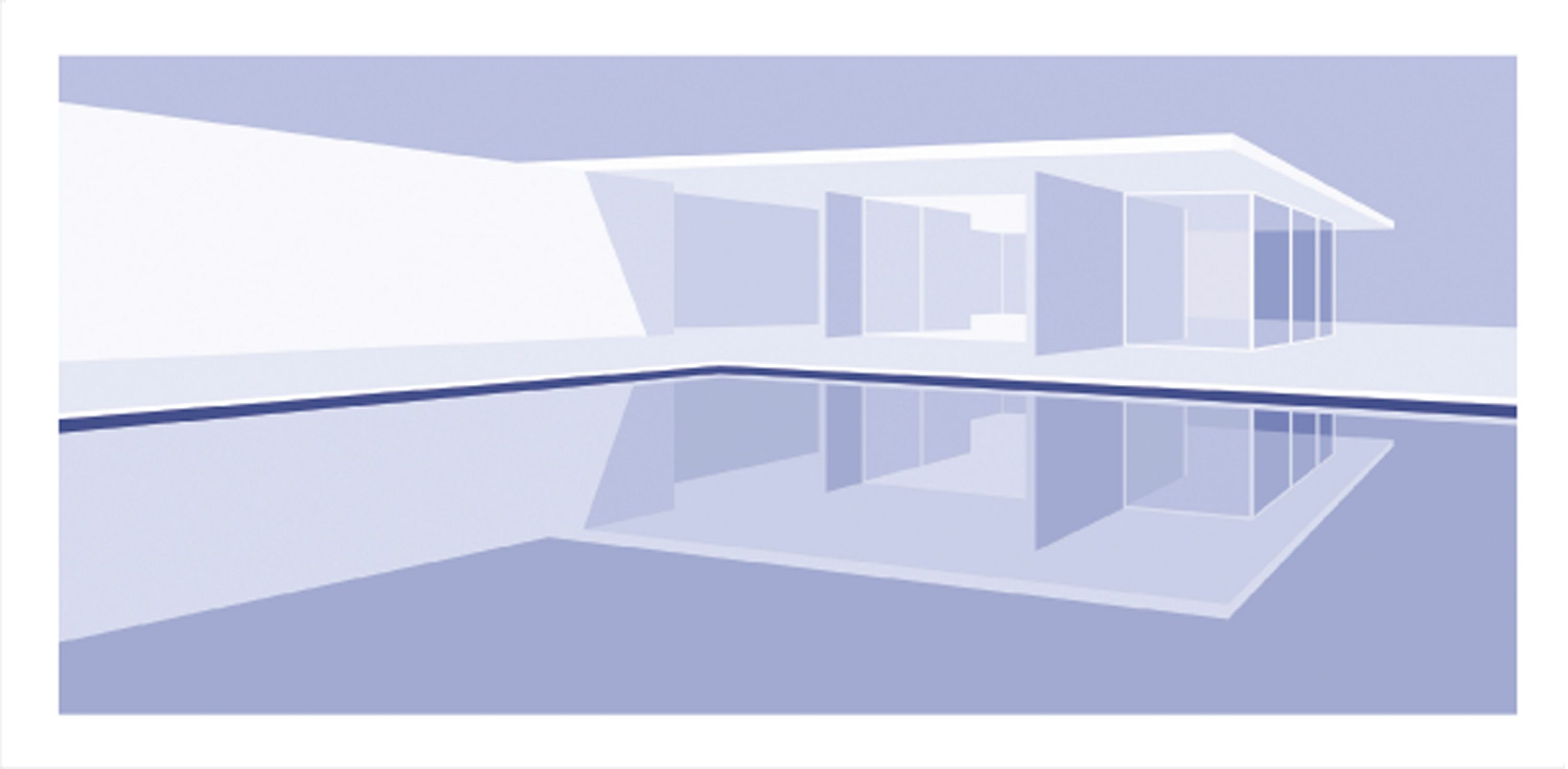Jurriaan Molenaar
Windows
| Venue: | acb Gallery |
| Date: | Sep 08 – Oct 13, 2006 |
Description
THE BACKGROUND:
A professional contact has been existing since December 2003 between Galerie Tanya Rumpff in Haarlem and acb Contemporary Art Gallery, Budapest. Within the framework of Hongarije aan Zee Cultural Season in October 2004 the acb Gallery exhibited artworks from the Tanya Rumpff Gallery by Jurriaan Molenaar, Gerard Polhuis, Emo Verkerk, and Koen Vermeule, all well-known and recognized visual artists in The Netherlands and Europe. On one hand, the project offered a possibility to introduce Dutch artists to a different culture where they are not known - obviously, the project carries a cultural mission. Therefore this project could serve as the first step on a longer collaboration between Dutch and Hungarian galleries, that, on the other hand, it leads to commercial results in the long run.
RECENT PROJECT:
As a result of the collaboration, acb Gallery established a working collaboration with Jurriaan Molenaar. His works were exhibited and represented by acb Gallery at Antik Enterior, Mucsarnok, Budapest, 2004, Plug, Mucsarnok, Budapest, 2005, and ViennAfair (International Art Fair), Vienna, 2006. Several Hungarian and international art collectors have been attracted by Molenaar's artworks, and remarkable collections own his pieces in Hungary and abroad. The acb Gallery invited him for a residency program in 2006 when he spent four months in Budapest creating new works. These new artworks (paintings and prints) will be exhibited at acb Gallery as well as reproduced in a catalog published by the Gallery.
JURRIAAN MOLENAAR
Over the last few years, the international art world discovered the paintings by Jurriaan Molenaar. He is represented by galleries in Los Angeles (Inmo gallery), Cologne (Fiebach & Minninger), Berlin (Fahnemann), Haarlem (Tanya Rumpff) and in Budapest (acb Gallery).
He paints relatively plain architecture in striking perspectives. The silent paintings show a balanced interaction between openness and closeness. Most characteristic is his use of sober colors; the buildings always find themselves in a veil of filtered light, which turns the paintings into carefully wrapped sensations of mental space. ’A good painting always hides more than that it shows.’
